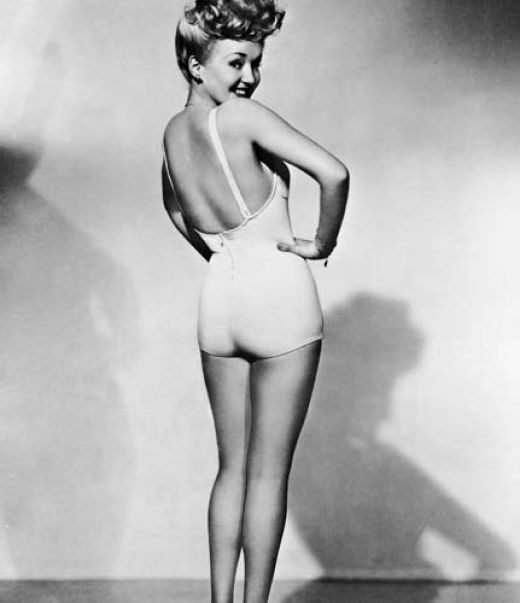As the age old saying goes, beauty is pain, and these vintage beauty tips are a prime example. Forget tripping over in your high heels and accidents with the eyelash curler, old-timey beauty ideals were not only unattainable, they could also be deadly.
Lead Face Powder
Lead has been used as foundation since ancient times to smooth out the skin and cover blemishes, as well as an ingredient in mascara, rouge and other cosmetics. Lead face powder is often associated with Queen Elizabeth I, who is believed to have died from blood poisoning caused by ceruse, a paste formed from a mixture of lead and vinegar popular in the 1700s. People who used lead-based cosmetics poisoned themselves slowly and eventually died, but not before suffering through prematurely grey hair, dried-out skin, severe abdominal pain and constipation. Yuck!
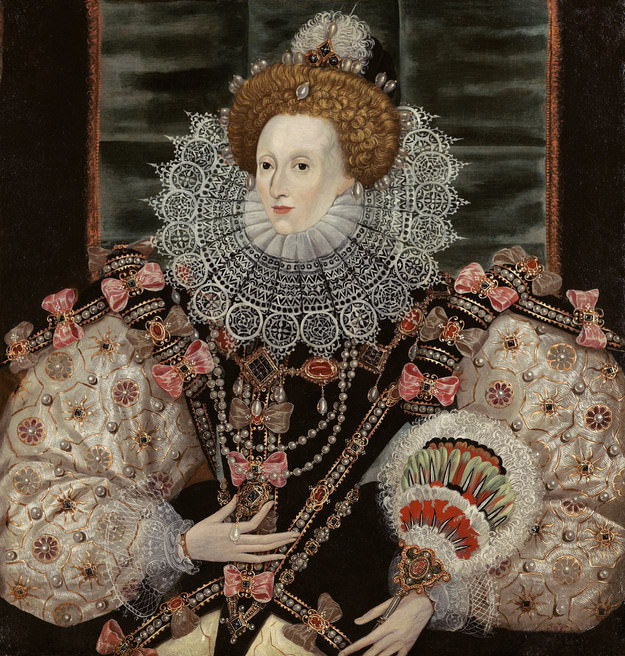
Lard As Hair Gel
In the late 1700s, those huge hair dos seen on the likes of Kirsten Dunst in ‘Marie Antoinette’ hit their peak. To get their hair to stay up, women would use everything from wooden and iron frames, leather horse hair pads and tonnes of hair extensions. The hair was then styled with hot curling tongs, covered with lard to hold it in place, then coated with lead to set it. Considering hygiene standards weren’t particularly high at the time, it wasn’t washed very often, and the lard attracted lice and vermin. Someone women even slept with cages on their heads to stop mice from nesting in them.
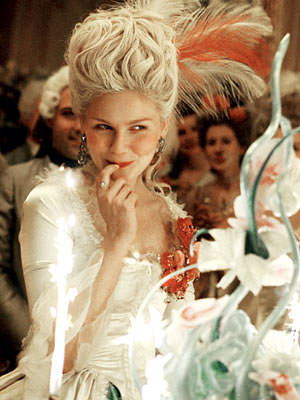
Deadly Nightshade Eye Drops
Want that doe-dyed Bambi look seen on the likes of Dakota Fanning and Amanda Seyfried? Well, all you need to do is drop deadly nightshade, AKA poison into your eyeballs. It dilates your pupils, but long-term use also causes blindness.
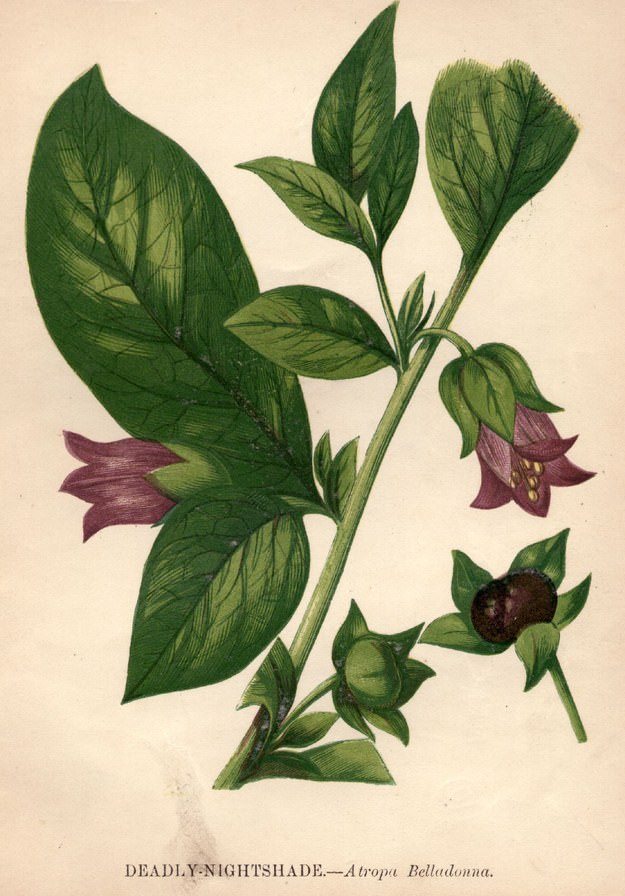
Eyelash Extensions
This newspaper article from 1899 explains the process of eyelash extensions in detail:
“An ordinary fine needle is threaded with a long hair, generally taken from the head of the person to be operated upon. The lower border of the eyelid is then thoroughly cleaned, and in order that the process may be as painless as possible rubbed with a solution of cocaine. The operator then by a few skilful touches runs his needle through the extreme edges of the eyelid between the epidermis and the lower border of the cartilage of the tragus. The needle passes in and out along the edge of the lid leaving its hair thread in loops of carefully graduated length.”
Sounds painful!
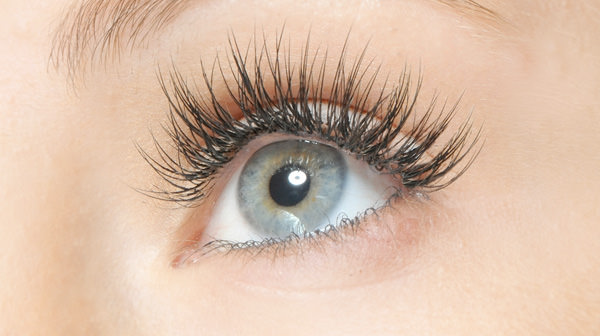
Eating Arsenic
Once people had moved on from lead, arsenic took over as the miracle product for a beautiful complexion. In the 19th century people ate arsenic for radiant skin, clear eyes and “sexy stoutness”. However, like it’s predecessor arsenic is very, very bad for you. It destroys red blood cells, which does give you pale skin, but it also kills you.
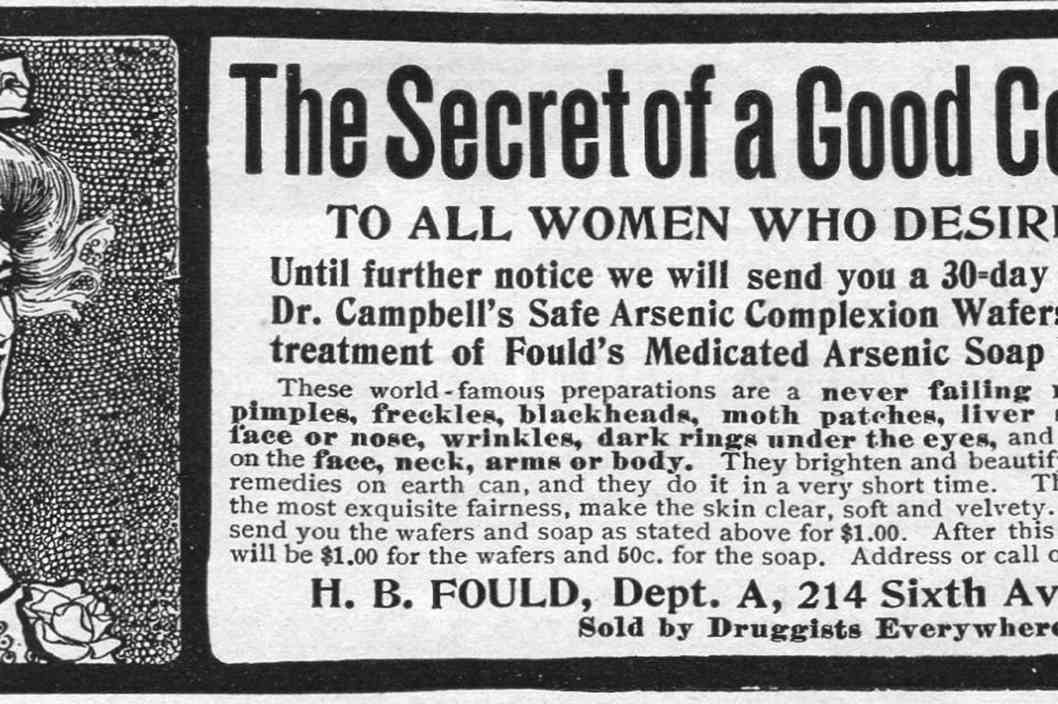
Cyanide Hair Dye
‘Beauty’s Aids’, a book written in 1901 by the anonymous “Countess C__,” recommends this recipe for a strong black hair dye:
“To obtain a more pronounced black, use a mixture of celeste (ammoniated solution of sulphate of copper) water with a solution of yellow cyanide. (Take great care in using this preparation; the cyanide is a terrible poison.)”
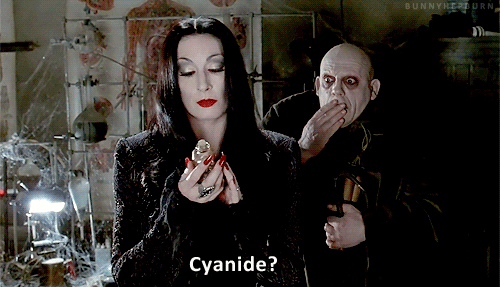
X-Ray Depilation
In the 1920s, Austrian physician Leopold Freund started marketing x-rays as a painless form of hair removal. Although it worked, it also caused wrinkled skin, lesions, dermatitis and cancerous growths. So not worth it!
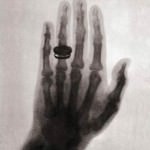
Radioactive Skin Care
In the 1930s French cosmetic line Tho-radia claimed to cure any beauty problem imaginable: “Stimulates cellular vitality, activates circulation, firms skin, eliminates fats, stops enlarged pores forming, stops and cures boils, pimples, redness, pigmentation, protects from the elements, stops ageing and gets rid of wrinkles, conserves the freshness and brightness of the complexion.” However, two of its main ingredients were thorium chloride and radium bromide, which could cause radiation poisoning, which is not a good look.
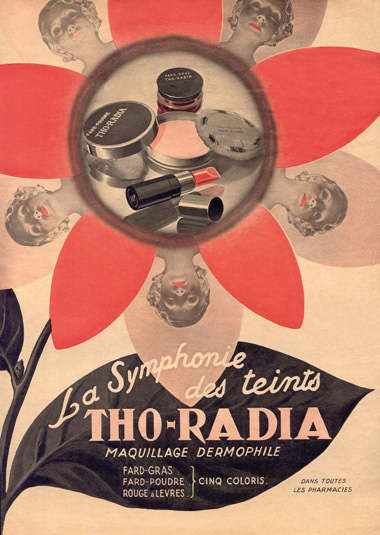
Hair Removal By Sandpaper
During wartime when everything needed to be rationed, even beauty products, 1940s women improvised by using sandpaper to remove unwanted body hair. Ouch!
